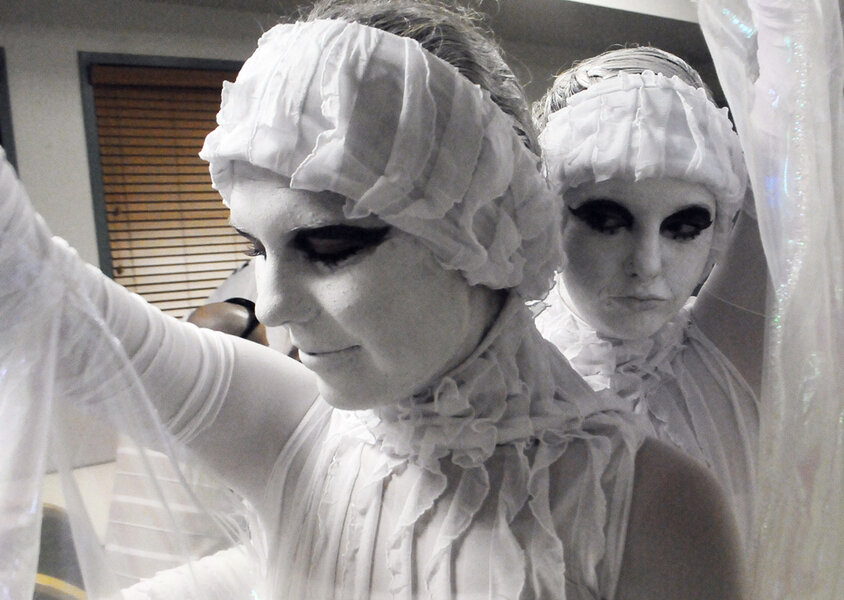Carbon-silicon bonds: Is this a new model for alien life?
Loading...
Silicon-based life, a longtime staple of science fiction, just took a step closer to becoming reality.
In a paper published in the journal Science on Thursday, scientists revealed a revolutionary technique to urge silicon to bond naturally with carbon, opening the door to a wide range of possibilities for both human engineering and alien life.
"It's like breeding a racehorse," said Frances Arnold, study coauthor and chemical engineering professor at Caltech. "A good breeder recognizes the inherent ability of a horse to become a racer and has to bring that out in successive generations. We just do it with proteins."
Silicon has long intrigued scientists because it is so abundant, yet life on Earth is exclusively carbon based. While scientists have artificially bonded silicon and carbon, no living organism is known to put the two together.
“Poor silicon, abundant in the Earth, but rejected by the biosphere for its wondrous evolutionary tinkering,” said Cornell University chemist Roald Hoffmann in a press release.
Using a method called directed evolution, scientists mutated an enzyme called cytochrome c to catalyze a bonding reaction between silicon and carbon.
Cytochrome c, which comes from an extremophile bacterium that lives in Icelandic hot springs, can create chemical bonds between silicon and carbon fifteen times more efficiently than synthetic catalysts, proving that in this instance, natural is definitely better.
"This iron-based, genetically encoded catalyst is nontoxic, cheaper, and easier to modify compared to other catalysts used in chemical synthesis," said postdoctoral scholar and study lead author Jennifer Kan in a press release. "The new reaction can also be done at room temperature and in water."
Directed evolution itself is not a new idea. Dr. Arnold invented the technique in the 1990s, and has won the Millennium Technology Prize for her efforts. In the past, scientists have used directed evolution to create better enzymes for modifying plants or animals for commercial uses – better fuel or food supplies.
This is the first time, however, that chemists have used the method to bond silicon and carbon. Like carbon, silicon can form four bonds, making it an ideal potential building block of life, as it can form long chains of molecules.
The practical applications of their discovery are interesting to scientists, who say that the study opens the door to an exciting future.
Scientists say that the study could have interesting implications for the pharmaceutical industry.
Most importantly, however, researchers say that the study shows that natural silicon-carbon bonds are certainly possible. What this means for the possibility of silicon-based life forms elsewhere is yet to be seen, although scientists have long considered that alien life may not be carbon-based like life on Earth.
In the past, researchers studying the possibilities of silicon-based life forms have noted the difficulty of creating compounds that are completely analogous to carbon-based compounds.
Researchers say, however, that their new discovery is proof positive that nature is even more adaptable than we had previously imagined.
"This study shows how quickly nature can adapt to new challenges," Arnold said in a press release.
"The DNA-encoded catalytic machinery of the cell can rapidly learn to promote new chemical reactions when we provide new reagents and the appropriate incentive in the form of artificial selection," she said. "Nature could have done this herself if she cared to."






